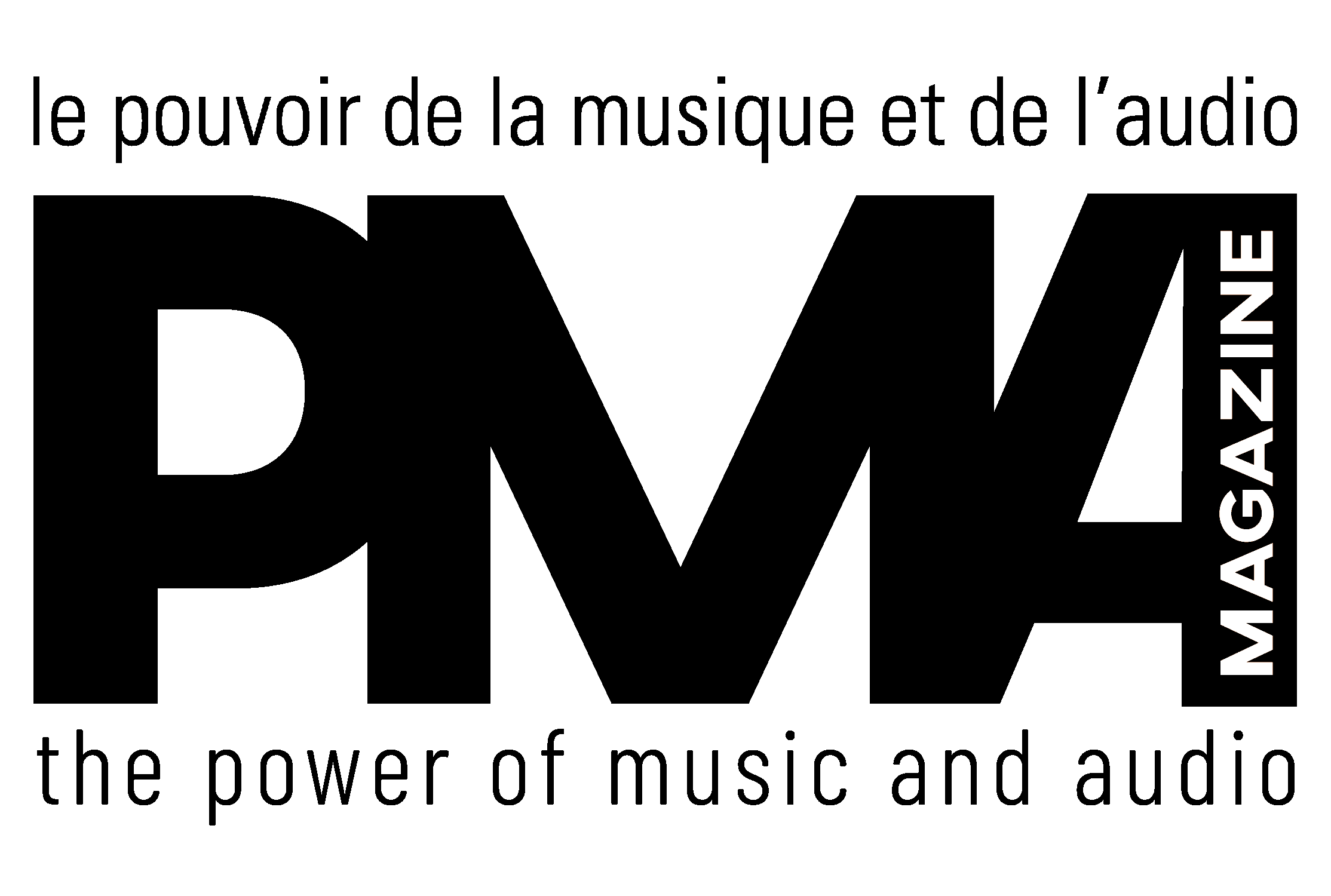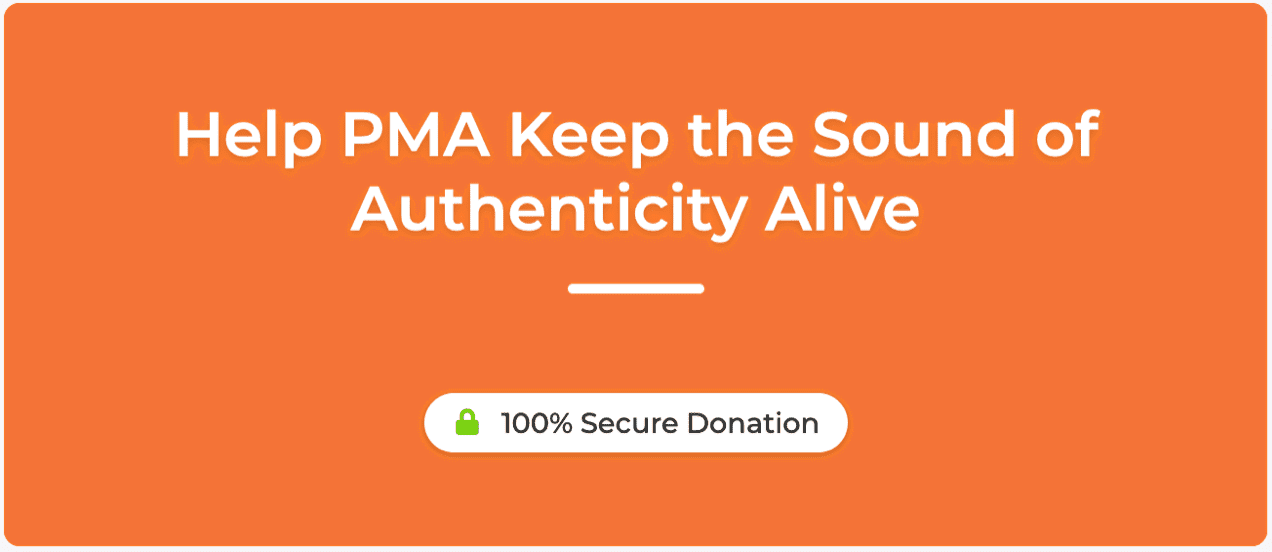
This article first appeared in PS Audio’s Copper Magazine, with whom we have a content exchange program.
By the time this is published, it will be opening day at AXPONA. I am one of those show attendees who simultaneously dreads and looks forward to the show each year. While I enjoy catching up with industry acquaintances and meeting up with friends I have known for many years, some aspects of the show bother me enough to make me wonder why I bother attending.
One of those annoyances is the music played in the demo rooms. This is not the first time I have complained about music at the shows – it’s a yearly complaint among myself and friends. One topic that comes up after the show is the quality (or lack thereof) of music we heard in many of the demo rooms.
Conversely, even over a system that might not be ideal, likable music will find me enjoying the vibe in the room, even if it’s something I may not have ever heard before.
I realize demo rooms can’t play DJ and cue up everything that every visitor wants to hear, but if all I hear are these typical, tired, played-out styles of music, that tells me absolutely nothing about how the system will sound with music that I (or other audio system owners) actually listen to. It also makes the skeptic in many of us wonder if manufacturers and dealers are choosing music to highlight what the systems are capable of, or avoiding the many types of music their systems can’t handle. Hiding the flaws, in other words.
In addition, a room playing music I don’t like leaves me with a bad impression, especially if I return a couple of times throughout the show and they are playing the same style of music, or worse, the same tired playlist of a dozen or so songs.
There are many types of music I’m very tired of hearing. The played-out modern “emo” singers performing against sparse accompaniment and/or deep, bloated bass. Who actually listens to this in their homes? And female vocalists, who I generally dislike as a whole – I could do without hearing a single female vocal at an audio show. I can also do without the tired, overplayed classic rock songs, and the same beaten-to-death small-combo jazz records that get dragged out for every show.
At least this isn’t the 1980s when all you’d hear at audio stores was The Nightfly.
I will admit that aside from still way too many female vocalists, at least the last couple of shows have expanded their repertoire with a few welcome and unexpected choices. But there is room for improvement.
To help combat the prevailing trends in audiophile demo music, my mildly rebellious side is going to suggest vinyl releases any exhibitor can bring to a show to play something their potential customers might actually be open to listening to.
Those with digital-only playback can also take note and find the best-sounding digital versions of these picks using Qobuz or other sources. Although, some of the superior masterings only appear on vinyl.
Here is a list of records I would play at AXPONA if I were an exhibitor. They all exhibit good sound characteristics, and feature some good, listenable music on top of it.

The Gerald Wilson Orchestra: Moment of Truth (Pacific Jazz/Tone Poet series reissue)
Why do I almost never hear big band music at audio shows? This Tone Poet reissue is the real deal. Despite being recorded decades ago, the recording is freshened up thanks to Kevin Gray’s remastering. The powerful horn sections are presented nicely without being overbearing. Wilson was an ace arranger and bandleader, and is often overlooked along the other greats of big band jazz.

Henry Mancini and His Orchestra: Uniquely Mancini (RCA Victor LSP-2692)
One of Mancini’s greatest big band jazz albums. It is much better recorded than the stuffy, congested sound of its follow-up, Mancini ’67. Uniquely has some excellent sound percolating in those grooves. Play “Banzai Pipeline” and prove to the world that this dude can swing, while getting knocked out by the killer horn chart.
Side note: One year, I heard the original “The Pink Panther Theme” playing loudly while I passed one of the rooms. Perfection! And on that note, I’d also recommend the 45 RPM Analogue Productions version of The Pink Panther soundtrack album if a clean Uniquely Mancini cannot be found, as it was recorded in the same era.

Tito Puente: Mambo Diablo (Concord Picante, Craft Recordings reissue)
Latin American music is a genre I never hear at audio shows; with bright horn charts and incisive percussion, it’s a challenging sound that systems often struggle with. Tito Puente recorded well over 100 albums in his long career. One of Puente’s latter-day labels was Concord Picante, and he recorded several albums for them. This one, like other Concord recordings, is clean and well-recorded. This recording presents some space around the ensemble (his three-horn lineup) and percussion (especially Puente’s spicy timbales), and Kevin Gray’s mastering takes some of the glare off the original CD issue. Musically, this is one of Puente’s Concord highlights, and features a guest appearance by George Shearing on two tracks.

Béla Bartók: Music for Strings, Percussion and Celesta/Hungarian Sketches, Fritz Reiner/Chicago Symphony Orchestra (RCA Victor/Classic Records LSC-2374)
Fritz Reiner conducted two albums of Bartók’s music. Concerto for Orchestra was recorded in 1956, prior to the introduction of RCA’s stereo LPs (it was reissued in 1958 in stereo). The second, featured here, was recorded in 1960. The sound on this 65-year-old record is fantastic! This record proves that three well-placed mics can present a true and accurate soundstage. You can hear the placements of the musicians front to back as well as left to right. In parts of the second movement (“Allegro”), you can hear where each part is handed off to the next section. I managed to find a sealed copy of this long-out-of-print Classic Records reissue LP about five years ago, and don’t regret it at all. It’s one of the best classical demo recordings I have heard thus far.

Metallica: Load (Warner Brothers 523504-1; Metallic 45 RPM Series)
We will occasionally hear metal (rock) at AXPONA but not often. It’s not everyone’s cup of tea, and certainly isn’t mine. Yet I was given a copy of the 45 RPM reissue of Metallica’s Load. It was a silly way to release this album as it had to be spread across four LPs. But it’s slammin’! Crank up this record on some of those prissy audio systems at the show and see if they can handle the brute force attack of “Ain’t My Bitch” or “King Nothing.” I need to feel the gut punch with this record, and need to be able to pick out the individual details behind the wall of sound.

Peter Gabriel: Peter Gabriel (IV, aka Security) (Real World Records, 2015 45 RPM remaster)
Sure it’s digitally recorded, but the dynamics… those are something to behold on a powerful system. Play “Rhythm of the Heat” at a hefty volume and you’ll experience what the album truly sounds like. It literally goes from a whisper (“no outside voices here”) to thunderous percussion. Other tracks are similarly dynamic. Gabriel’s Real World label reissued this as a 2-LP 45 RPM set many years ago and I’ve enjoyed it as much as the SACD.

Dire Straits: Love Over Gold (Warner Bros. 47772-1, 2010 remaster)
This album doesn’t suffer from the overly-sterile digital sound of Brothers in Arms (which has always bothered me). The many phases of “Telegraph Road” and the use of immense spaces in “Private Investigations” are both demo-worthy. The version I own is the Warner reissue cut by Chris Bellman in 2010, and it was a revelation over the original CD version I’d had for decades (which was no slouch either).

INXS: Kick (Atlantic/Analogue Productions, Atlantic 75 series 45 RPM)
If a system can’t boogie to this album, then I can’t boogie, and I won’t enjoy it. Sure, it’s danceable Top 40 pop music, but the sound on the 45 RPM version will shake the rafters and give the system a workout. “Devil Inside” and “Need You Tonight” are especially dynamic and punchy and should have bass you can feel on the right system.

Howard Roberts: H.R. is a Dirty Guitar Player (Capitol Records; 2012 Sundazed/Euphoria reissue)
Typical of the lite jazz records from Capitol back in the day, this one is limited to about three minutes per track. But popular L.A. session guitarist Roberts makes the best of that format, along with Burkley Kendrix on the organ. What I like here is how pure and clean his electric guitar tone is, and how clean and spacious the sound of this combo is. I really do dig the music, but I also turn to this record just because it sounds so damn good.

Kraftwerk: Computer World (Warner Bros., original release)
I don’t know of any recent reissue of this record, but I have owned it since it was first released in 1981. [I just spotted a couple of 2024 Japanese reissues on Discogs – Ed.] Our local funk/R&B/dance radio station was on this record, and played “Numbers” and “Pocket Calculator” in heavy rotation. Even on vinyl, the transients of the synthesizers come through cleanly, and many systems that trend towards the warm and gooey side won’t do this one justice. And, well…I think even our editor will agree it’s just so much fun to listen to! [and you’d be right; it’s one of my top five desert island albums – Ed.]

Earth, Wind & Fire: Raise (ARC/Columbia Records, original release)
I still own my original copy of this record from 1981. While musically it is not their best effort, the engineering on this record has some slammin’ bass drum kicks, and there are synthesizer licks in the hit “Let’s Groove” that are a good test for transients. The mix is a bit forward, so systems with even a slight amount of “glare” are going to be exposed by this record. Like with my INXS pick, if a system can’t (as Maurice White says here) “boogie on down,” it makes me wonder what else a system can’t do.

George Benson: Give Me the Night (Warner/Qwest?)
This record, produced by the late, great Quincy Jones, is cleanly engineered, despite being early digital (which sucks some of the life out of it – the sound can be a bit sterile). What I use this favorite record for is to listen to Benson’s voice. Due to how it was engineered here, it has a certain “chestiness” that exposes speaker cabinet resonances, and can also help with room tuning. I had firsthand experience playing this same record over the Dahlquist/Magnat DQM-series speakers at a local audio store in the early 1980s, and the room was ringing from all the chesty resonance in his voice!
This is a good list to start with. And I’m leaving out perhaps a dozen more that I could also recommend. Regardless, these are some suggestions to improve the demo music at audio shows. Exhibitors, are you paying attention?
Republished by permission. For more articles like this, visit Copper Magazine.















Leave a Reply